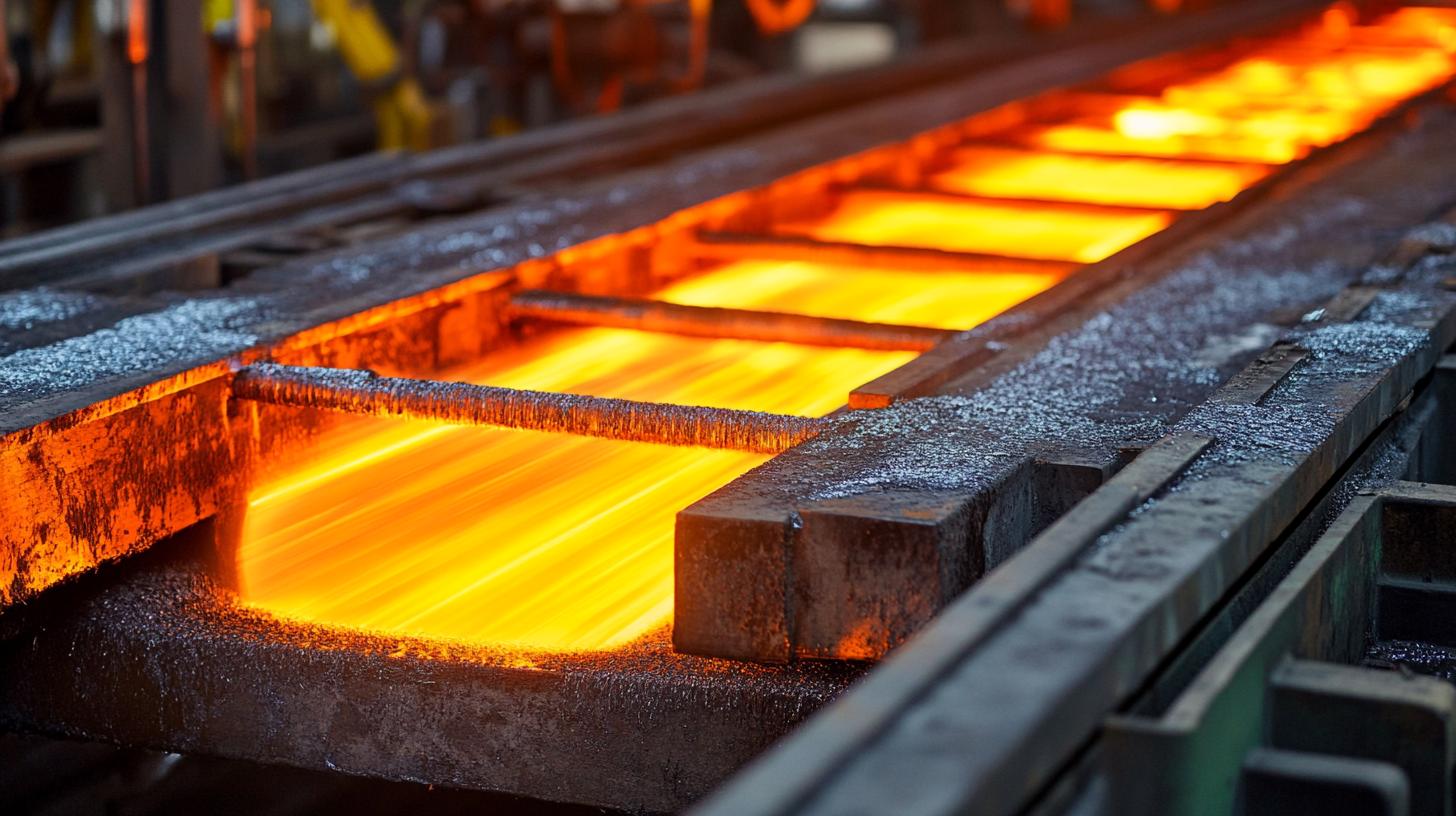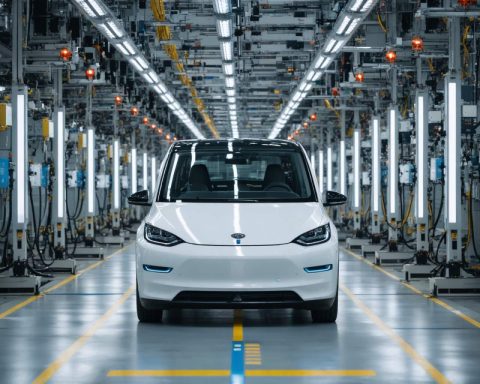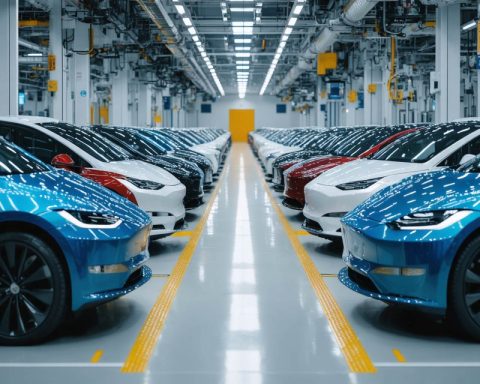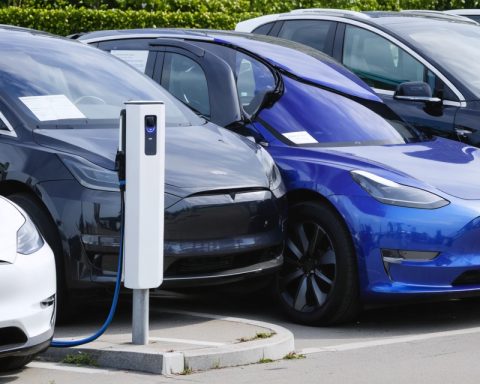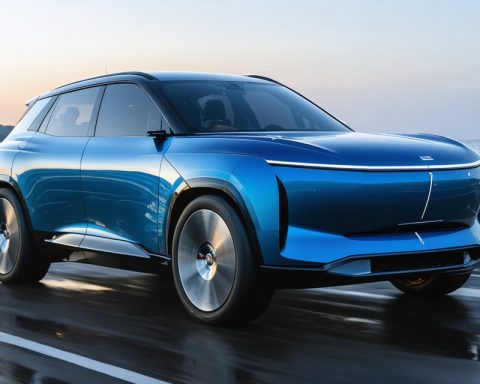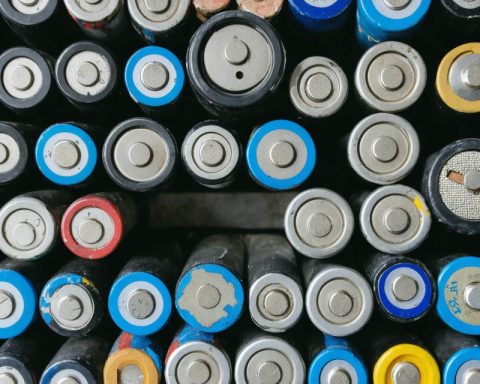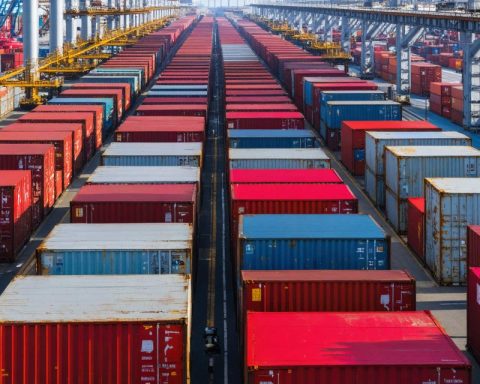In a groundbreaking move to revolutionize the steel industry, SSAB has secured significant funding to transform its Luleå steel plant in Sweden. The financial backing of €128 million, endorsed by the European Commission, is earmarked to transition the plant’s production process towards sustainability using green hydrogen.
Innovative Green Technology
This investment will facilitate the installation of an electric arc furnace (EAF), a cutting-edge technology that will employ renewable hydrogen in the production of direct reduced iron (DRI). This innovative approach is set to phase out the traditional coal-based methods, marking a significant pivot towards environmentally friendly steel production.
Massive Production Capacity
Once operational, the new system is projected to deliver an impressive 2.5 million tonnes of green slabs annually. This ambitious target aligns with SSAB’s strategic plan to initiate green steel production by 2029, thereby highlighting their commitment to reducing carbon emissions and setting new industry standards.
Pioneering the Green Steel Movement
SSAB’s initiative is not just a win for the company; it is a critical step forward for the entire steel industry as it represents a shift towards sustainable industrial practices. By harnessing green hydrogen, SSAB is paving the way for future steel production processes to minimize environmental impact significantly.
This bold endeavor signals a promising future where industrial growth and environmental stewardship can coexist, paving the way for other industry players to follow suit and embrace green practices.
How the Green Steel Revolution is Shaping Global Communities and Economies
Introduction
In recent years, the world has seen a significant shift towards sustainability, with industries like steel leading the charge. While SSAB’s massive investment in green technology is monumental, it leaves an important question: how will such changes in the steel industry affect people, communities, and entire countries?
The Ripple Effect of Green Steel
SSAB’s transition to green hydrogen is more than just an industrial overhaul; it’s a catalyst for widespread socio-economic transformation. This movement towards sustainable production introduces new dynamics in the labor market, energy sector, and global trade.
Employment and Skill Development
Adopting green steel production involves more than updating machinery. It necessitates upskilling the workforce to handle new technologies such as electric arc furnaces (EAF). This shift not only creates numerous job opportunities in renewable energy sectors but also demands a change in existing skill sets. Educational institutions and training programs are anticipated to experience a surge in demand for courses focused on renewable technologies and green manufacturing practices.
Community Benefits and Challenges
Local communities around the Luleå plant stand to gain from reduced environmental degradation and increased employment prospects. However, the transition may also bring challenges, such as the initial displacement of workers skilled in traditional coal-based methods. Addressing these challenges requires strategic policy-making and comprehensive support systems.
Energy Transition and Security
The move to green hydrogen highlights a pivotal shift in energy priorities. Countries heavily reliant on fossil fuels might face economic challenges, while those investing in renewable energy technologies could enjoy enhanced energy security and reduced dependency on fossil fuels. This shift could redefine global energy politics, potentially mitigating geopolitical tensions linked to energy resources. For more insights, visit International Energy Agency.
Global Trade Impacts
Green steel production could significantly alter the global trade landscape. Steel-importing nations may prioritize sourcing from sustainable producers, prompting a realignment in international trade relations. Moreover, countries adopting green practices early might gain competitive advantages, influencing global steel prices and trade policies.
Controversies and Questions
As with any revolutionary change, the transition to green steel isn’t without controversy. Critics argue about the economic feasibility and the operational reliability of hydrogen-based steelmaking. Are the promised environmental benefits sufficient to justify the high initial investments? Will developing countries be able to afford the technological shift, or will the green steel industry further widen the gap between advanced and developing economies?
Conclusion
SSAB’s trailblazing efforts in green steel production not only promise to redefine industrial processes but also unveil complex, far-reaching impacts on societies globally. The integration of sustainable practices in heavy industries like steel will invariably foster a cleaner, more equitable world, but it requires collaboration across sectors to address the accompanying challenges.
For further reading on related topics, you can check the United Nations website, which offers extensive resources on sustainable development and industrial transformations.
